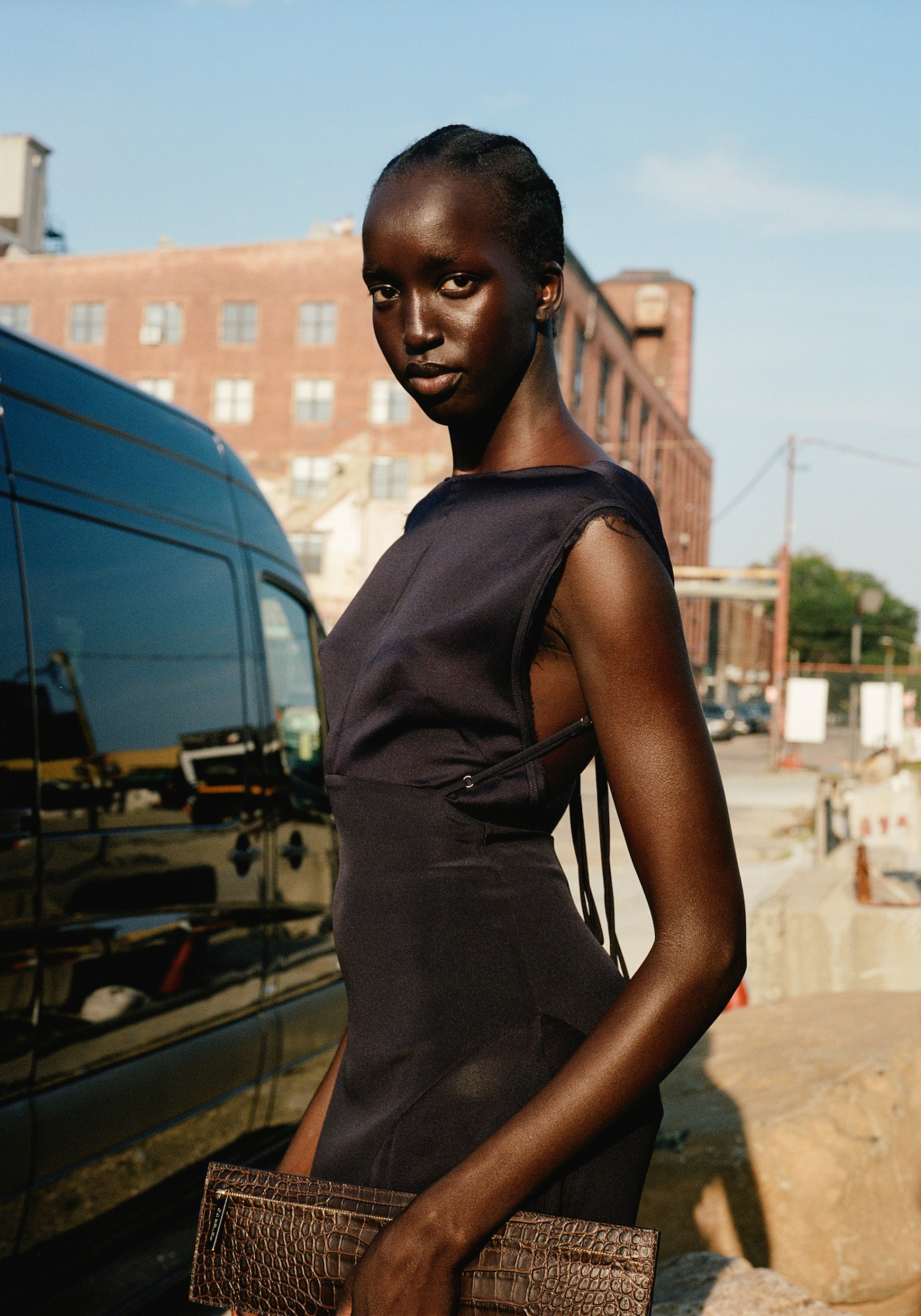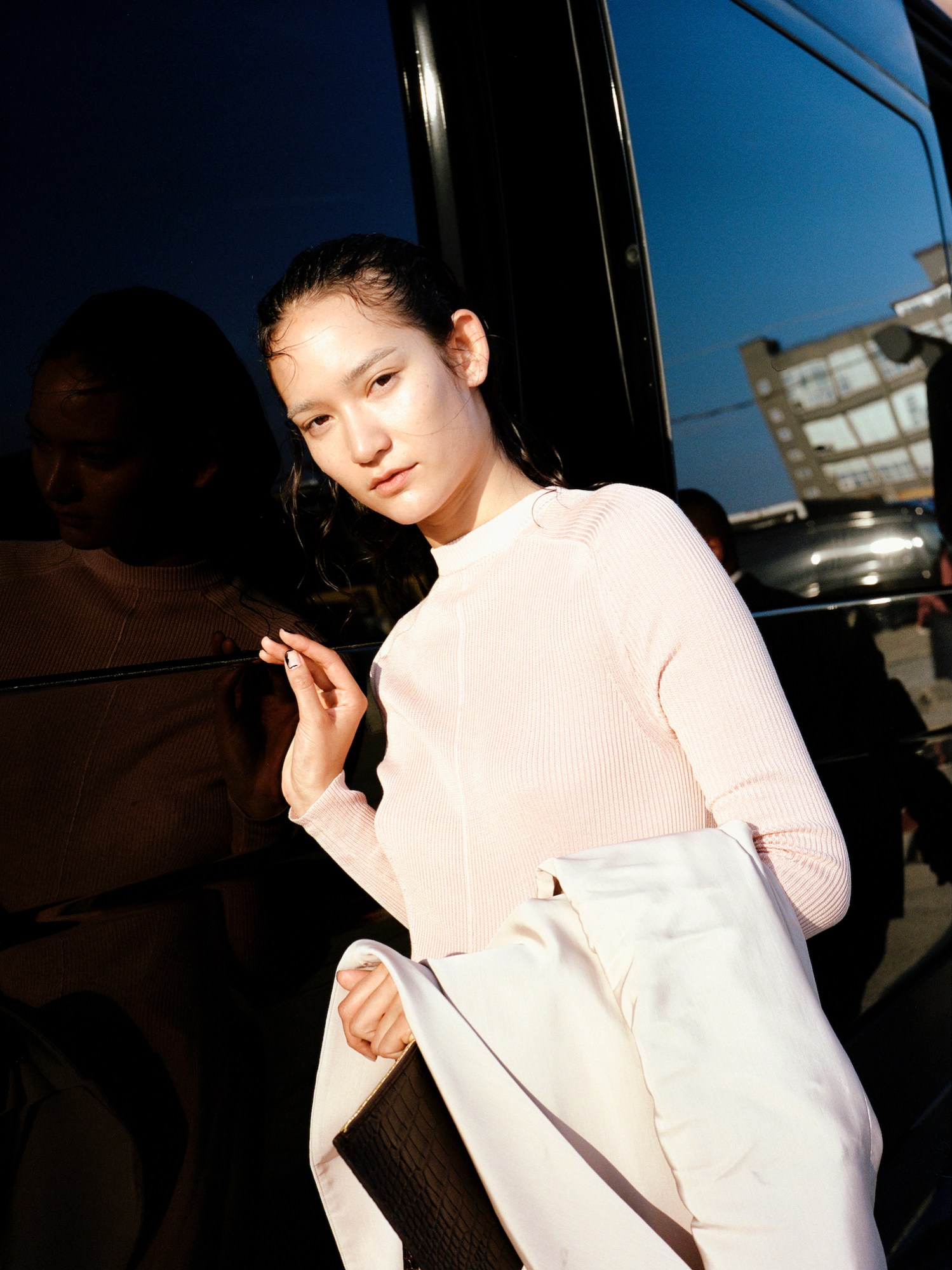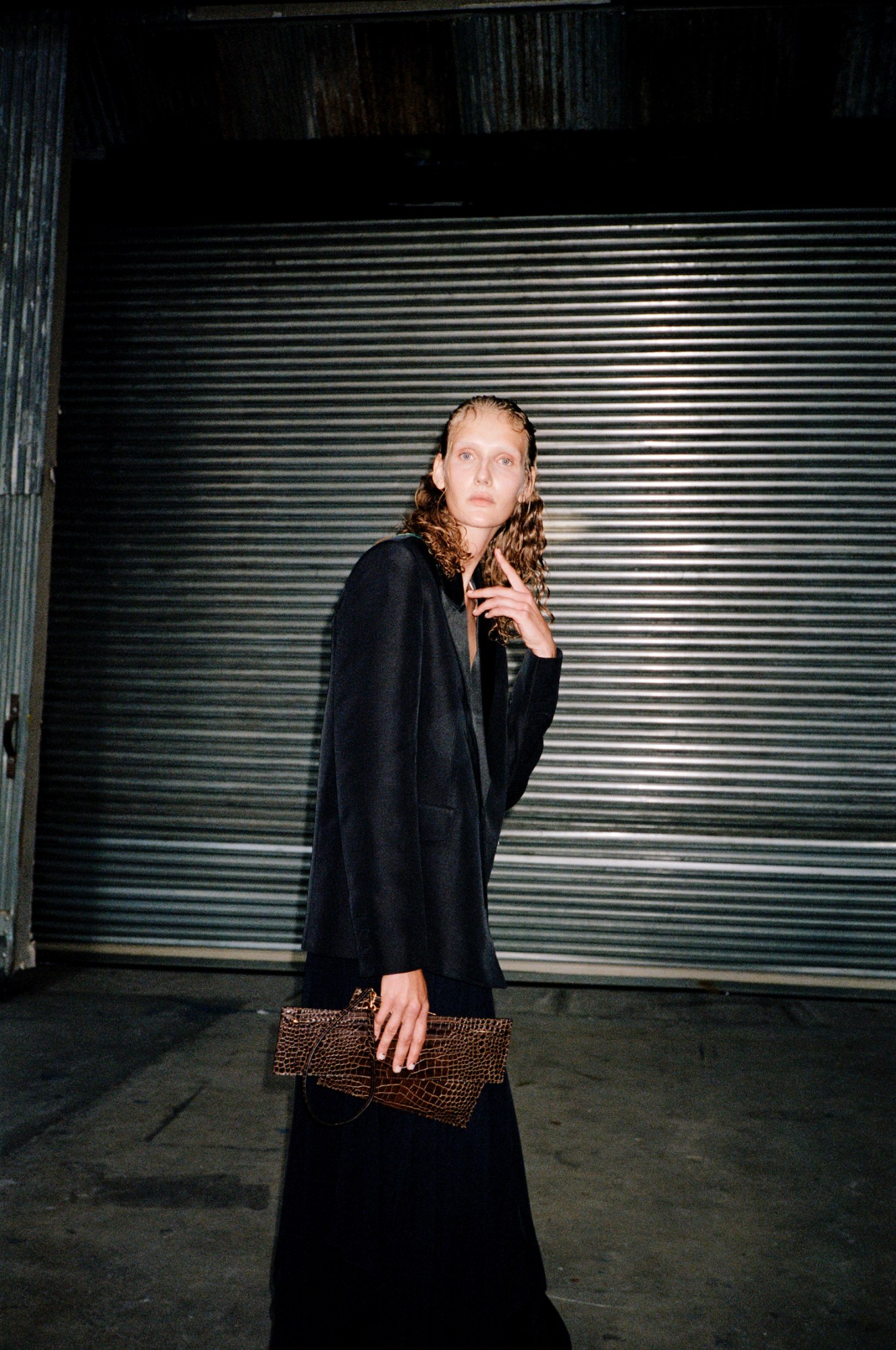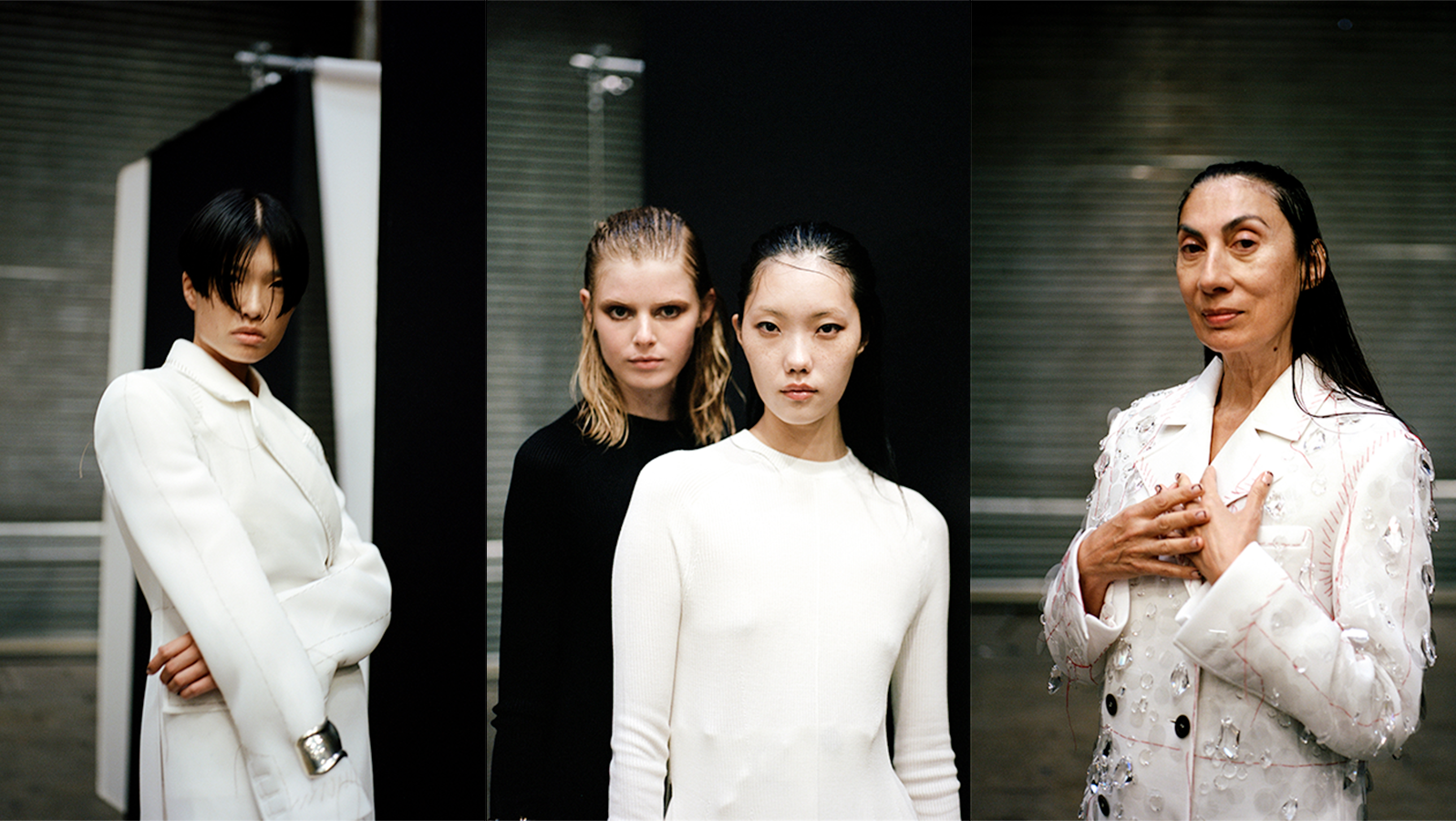Making pho requires time and technique. As Peter Do explained in a handwritten note, shared with the audience at his eponymous label’s show during New York Fashion Week, the ingredients are relatively few — his late father’s included “beef, pork bones, spices, dry shrimp, rock sugar”. Simple as that sounds, reaching this particular recipe took “years of trial and error”, with the most crucial ingredient of all being a hefty dollop of patience. Any good pho, Peter explains, is born of hours of reducing and editing — of boiling everything down until only a perfect, clear essence remains. It’s an analogy, as you’ve probably gathered, that’s apt for ‘Home’, the SS22 collection that Peter and his close-knit team presented last week.
Marking their runway debut, and set against the shore of the East River with the Manhattan skyline for a backdrop, it was an indisputable highlight of the season. A comprehensive yet incredible precise treatise on what Peter Do represents, it respectfully nodded to the young label’s past, while confidently mapping out the horizons that lie ahead. Peter Do’s trademark slim, long-lined silhouettes returned with impeccably structured coats and silk-knit riffs on traditional Vietnamese áo dài — long, open-sided tunics worn over generously cut trousers — in angelic white, sage green and dusty rose. There was, however, an assured softness to what we saw here, one that hasn’t necessarily been as evident previously — think gossamer silk shirting with watercolour floral motifs; sensual, cut-out knits you could sink into; Swarovski crystal embellished tailoring; and pared-back, lighter takes on staple silhouettes, like a polychiffon reimagining of the four-piece suit.

It was a wide-ranging collection, and yet there was a bullseye focus to each look that demonstrated why the label is one of the most exciting presences in American fashion right now. Pulling off such an impactful runway debut is obviously not a matter of luck or coincidence. Rather, it’s the result of sustained commitment — the culmination of a life’s work so far. “When you see a show, it lasts 15 minutes and that’s it,” Peter says. “But it took so long to get to this moment — not just six months, but the past three years. And even before then, there are all the things I’ve learned from my other jobs, and from school. I just feel like I’ve been simmering for a while.”
The day after Peter and his team served up their proverbial broth, we sat down with him and Vincent Ho, the label’s CEO and one of its five founding members. Here, they discuss their momentous runway debut, their thoughts on the current state of American fashion, and the human values at the label’s core.
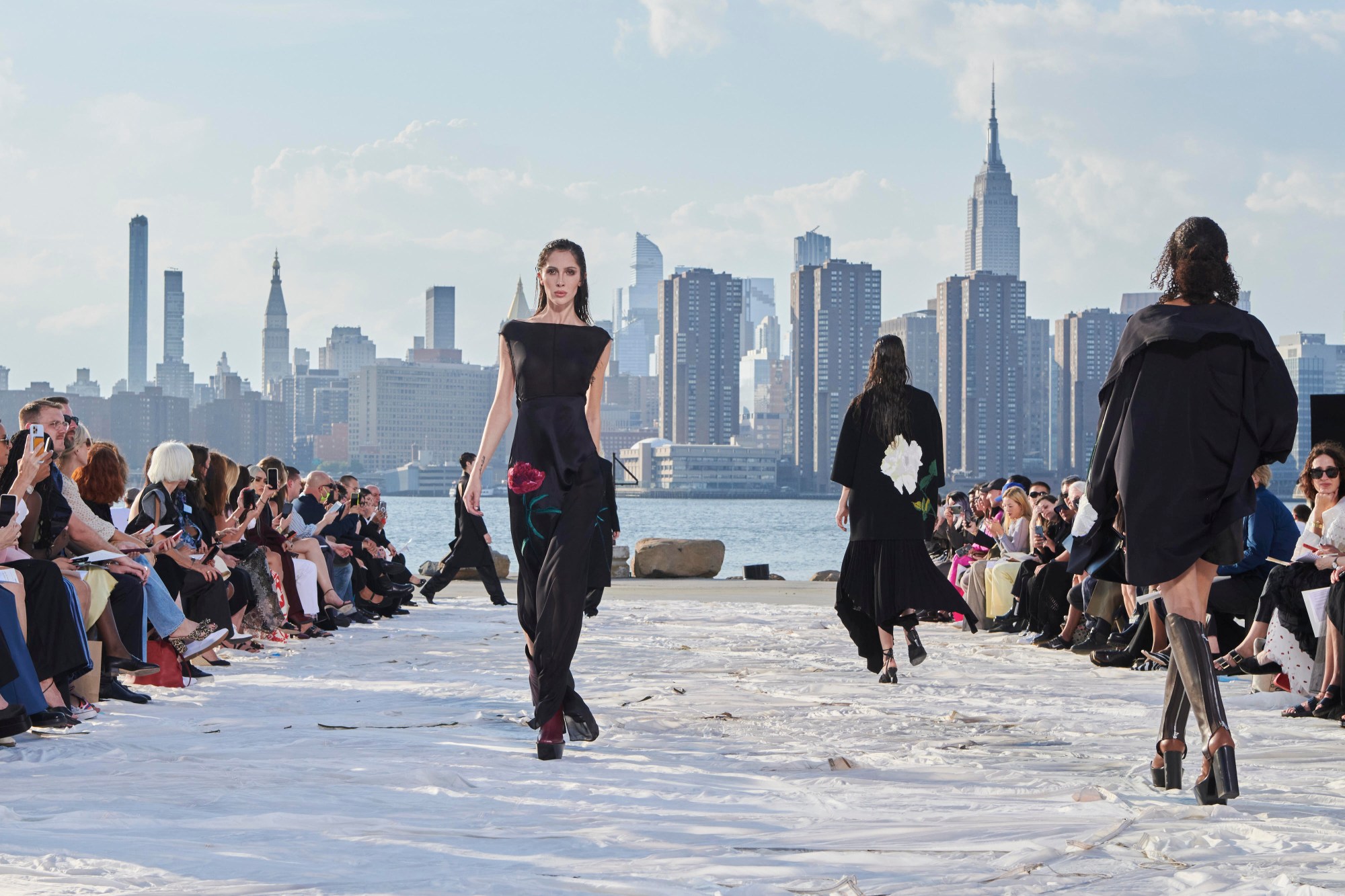
Let’s start with the title of the collection and presentation. What does ‘Home’ mean to you both?
PD: For all of us, having the water and the Manhattan skyline as the backdrop was a nod to that. We all met on the internet, but we became good friends and built Peter Do here — even if a lot of people don’t realise that it’s where we’re based. We’ve always felt ourselves to be outsiders in a way — people often say that we’re “too New York for Europe” and “too European for New York” — so it was great to show during New York Fashion Week, and really establish that this is home for us.
VH: Exactly. We can see why people think we’re a European brand — we do French sizing, we’ve shown in Paris, and we’re both from a French-taught background, having both worked at Celine. But I think that makes the brand multifaceted. That’s reflected in what we mean when we talk about home — especially about New York, which is really such a melting pot. It’s about this notion of taking little bits from wherever we’ve been, and turning it into something of our own.
Peter, you shared a really heartfelt handwritten note with audience ahead of the show, talking about your memories of making pho with your late father. You speak about the idea of amassing and preparing ingredients, and boiling them down to an essence, which feels like a fitting analogy for the collection. What made it feel so important to share such a deeply personal story this season?
PD: Well, I wrote that letter at like 2am, and I hadn’t slept in days! There was just so much I wanted to say, but thinking about the idea of home, the last time I felt like I was at home — before moving back to New York — was when I would cook with my dad before he passed away. I was really emotional that he couldn’t be here with us — it was a moment where I felt he’d really be proud of me. We didn’t necessarily have a lot in common, but we both really loved to cook, and we really bonded over food. It’s the same in the studio — we always cook and eat our meals together, and food has always been something that’s brought us together. Making this collection with the team, I felt like we were simmering this crazy big pot of soup! There was so much prepping, cleaning and boiling down to be able to say the right thing — to serve the right broth. It really felt like making pho.

A damn good one at that! But this season was also about bringing together the past, the present and the future of the brand. How are those facets represented here?
PD: Well, we sort of divided the show up into those three sections. At the beginning, we have pieces that were directly inspired by the áo dài, a traditional Vietnamese tunic worn over a pair of pants. I wanted the collection to be like a hazy lens of my memories of growing up in Vietnam — it was about exploring the strength of the women that that brought me up, like my mom and grandma, and looking at what they wore while raising 10 children. My mom showed me a picture of her wearing an áo dài in Germany in the 80s — around the time when she met my dad — while holding a rose, so that eventually became the embroidered floral motifs you see. There’s also the fact that my mom’s name — Hồng — also means rose in Vietnamese! Still, I wanted to keep things feeling modern — I didn’t want it to feel like I was creating costumes. I also didn’t want to disrespect Vietnamese people, which I was quite nervous about, but my intention wasn’t to create something exclusively for them, either. It was more of a starting point — me looking at what I grew up with, and modernising it. The middle of the collection was really focused on the idea of Peter Do being about building a wardrobe with staples that we’ve worked on every season. We took SS19 as a starting point, as it felt really pure. That’s not to say it was a great collection — it needed a good edit, and I’ve definitely learned to simmer things down a bit more since then! But we wanted to look at it again, and try different fabric combinations and making things lighter. I really think that if there are things that we can do make things better, then why not?
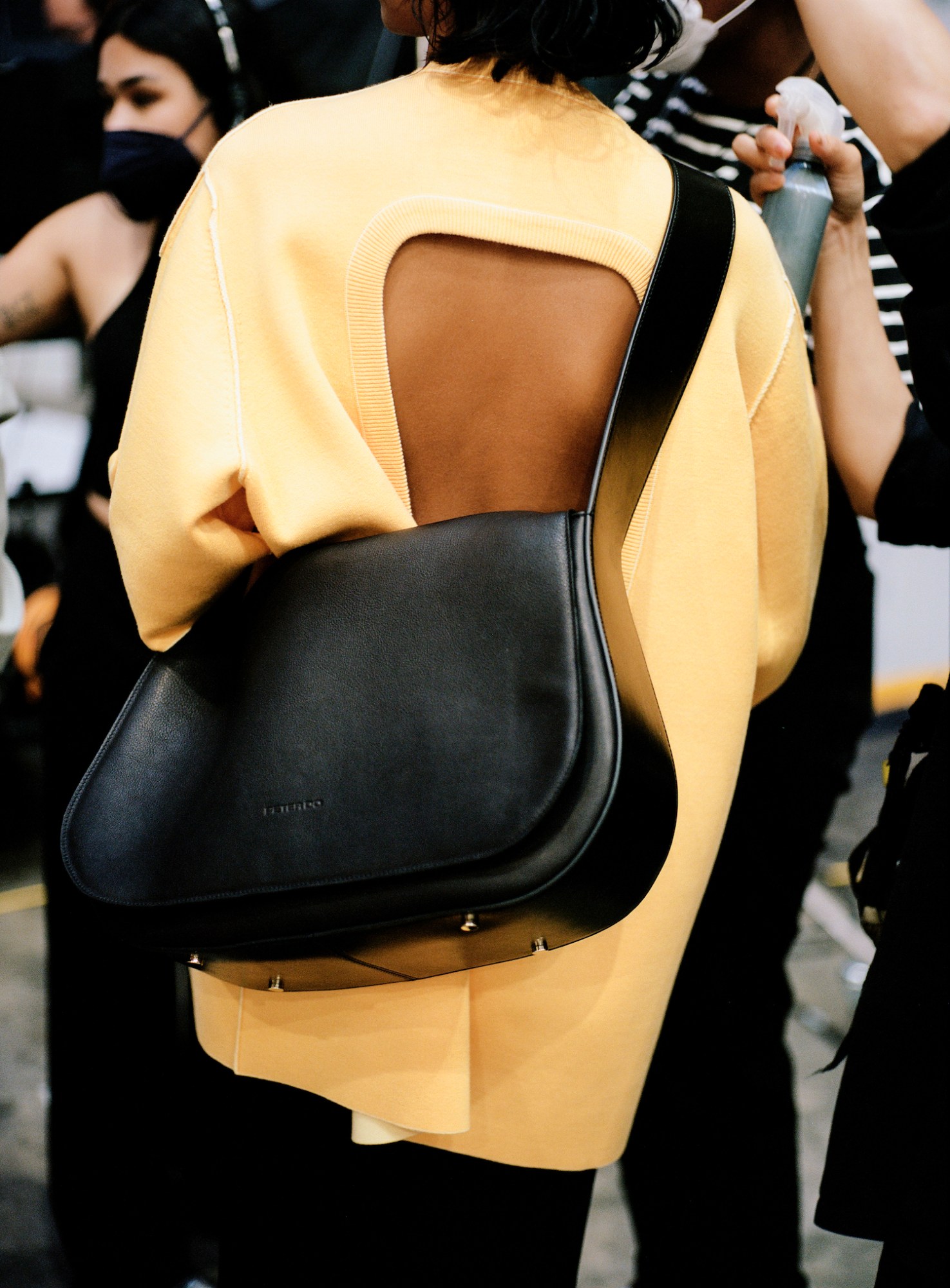
VH: More so than anything that we’ve done, this is the benchmark for everything that comes after. It’s really a meshing of Peter’s eye for design and me being like, ‘Hey, we need things that are a little bit lighter, a little easier,’ and really finding that sweet spot. We’ve referenced the áo dài, but by doing it in a silk knit, you get the best of both worlds. Bringing it back to the topic of home, though, being at the show, it was clear that it wasn’t just the collection and the objects themselves that represented the past, the present and the future of Peter Do. Rather, seeing our friends and family there — people who don’t necessarily exist in the fashion world, like my parents and Peter’s family — wearing what we’ve was a very visceral, very physical moment of where we’ve come from, what we’re doing and where we’re going. It really embodied, for lack of a better term, the American Dream and the idea of making it in New York.
PD: I’m really proud of the space that we’ve created here, where we do things our own way and we create good work without adapting to familiar industry guidelines. Just after the show, I checked my messages, and there was one DM from a kid in Vietnam. He was like, “This is a long shot, and I don’t know if you’re going to read this, but I’m from Vietnam and I’m really proud of you!” That really hit me. I replied saying, “You can do whatever you want, because there are people that look like you that are doing it, too.” That was a really nice moment for me, knowing that, even though we didn’t really do much — we just put on a show — I feel like we opened the door a little bit wider for the people who come after us.
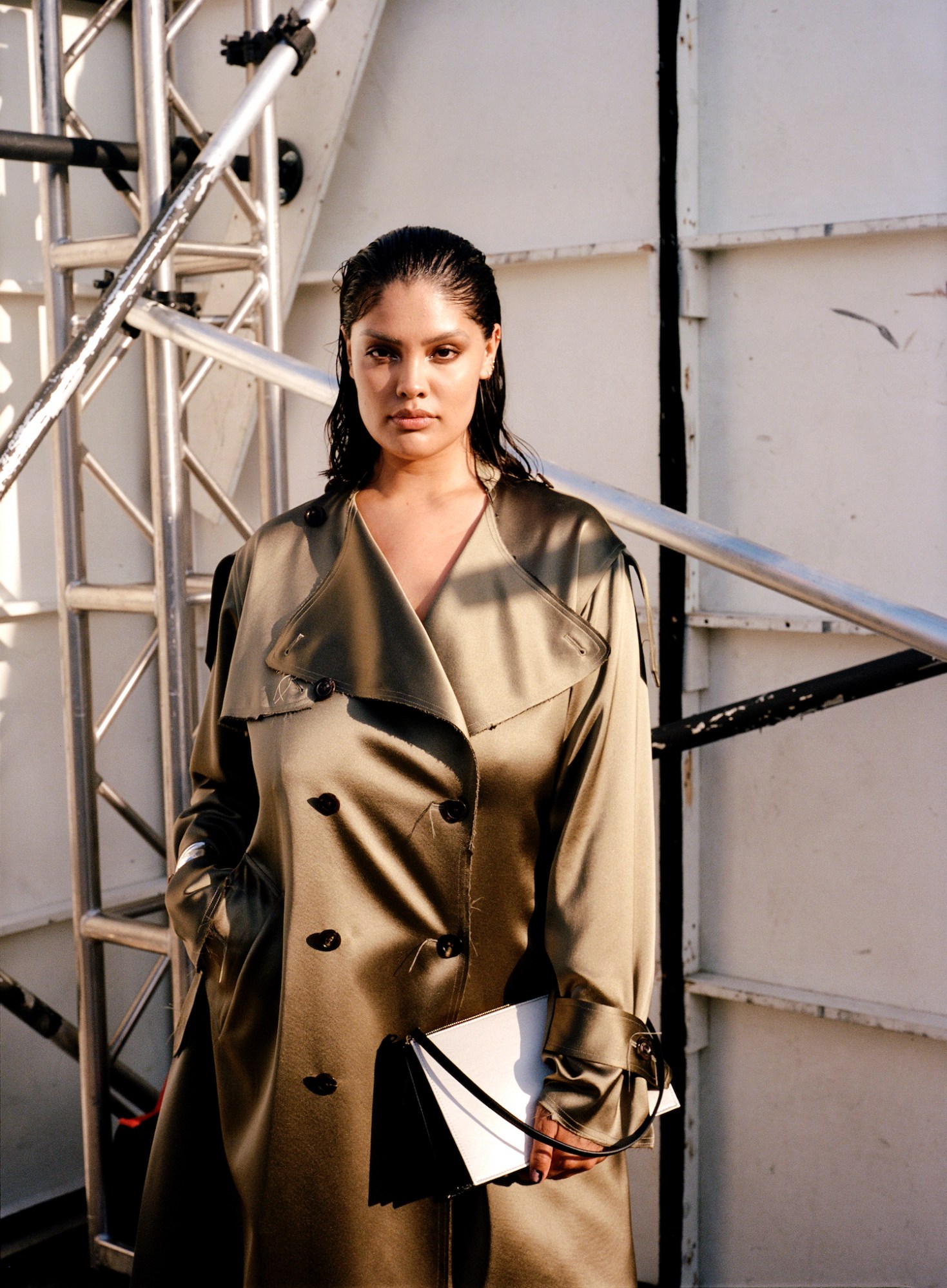
That’s very humble, but seen in context, your show was actually quite a big deal. In the mainstream, there has been an extremely monolithic vision of American fashion. And though that’s changed quite drastically over the past five or so years, doing the kind of show that you did, with all the attention that was around it, with the New York skyline as your backdrop… it made quite a very powerful statement. It felt like part of a recalibration of what American fashion is and what it stands for. All that said, what does American fashion represent to you, and how do you relate to the idea?
VH: I think American fashion is known for a sort of athletically-inclined, ‘jet-set’ style, the sort of thing pioneered by people like Michael Kors. But there was a time before that when we had people like Bill Blass and Geoffrey Beene, and it was really luxurious. We want to bring about a similar return to dressing, and make it an enjoyable process. When you see and wear these clothes, you should feel a certain way. There shouldn’t be an aversion to that just because we’re showing in New York and we’re an American brand. At the end of the day, we want to propose a wardrobe and, more than that, a way of living. I think that this collection, and the fact that we’re showing it in New York, is really the beginning of that.
PD: And I do feel like a lot of the things that we do are quite American, in a way. There are a lot of things that are pretty old school. The fabrics are very functional, and the pieces are meant to be lived in. We’ve put pockets on gowns, and I feel like you can’t get more American than that! And then we do shoes that are made to carry you through life — there’s a real sense of pragmatism, but one that doesn’t sacrifice style and taste and finesse. You can have both!
Something I’ve always found interesting about the way you work is that you don’t lean into the narrative of the single designer running the show. In fact, we never see your face, and for your recent AW21 campaign, members of your team were the stars. How did the collective structure of the brand come about, and why is it something you insist on showcasing?
PD: It takes a village! And anyone who says otherwise isn’t telling the truth, so why pretend that that’s the case? When we started the brand, there were five of us in my living room, thinking and brainstorming together. Right from the beginning, there’s been more than one opinion, and everyone’s voice has mattered. There’s this illusion of a designer creating every single piece, coming up with everything that’s happening at the brand, editing photos, and all the rest of it. But when you’re running a brand at the capacity that we are, that’s just not possible. We’ve really wanted to build a house since the beginning, and it’s gonna take a lot of effort and a lot of people to get there. Also, I really value my privacy, and no matter what we do, I really just want to be known for my work — not the celebrity aspect of being a designer. I really enjoy sitting in a restaurant, anonymously and walking down the street in peace.

It’s very clear that there are strong values at Peter Do’s core — in terms designs, sure, but also in terms of how the people who are part of it are treated. How would you summarise them? And how do you think they come through in this collection?
PD: Every look has so many stories behind it — about who designed it, who touched it, who picked the colour, who inspired the choice of a certain crystal. It always feels very personal — everything happened because someone made a specific decision. A pleated dress was made by my pattern-maker, because he wanted to do one, and Vincent wanted a gown, so we made one. Of course, I have the final say when I edit it down, but everyone is a part of the puzzle that results in what you see in the show. The Swarovski crystals on the coats, for example, are hand placed, and they each took a week of two people working on each coat. And those people have different sensibilities and different tastes, so they don’t look even, but that’s what I love. There’s a real human aspect to it — you really feel that it’s been touched by a human hand.
VH: The brand is really is Peter’s vision of his team. It’s about taking in all of the idiosyncratic things that we do and say in the office on a day-to-day basis, internalising those moments, and then putting them into the work. And there’s always a push and pull of those elements. Seeing the collection walk, and being able to share that with the world, was a very powerful moment, because everyone could finally see how high the hemline hidden beneath a beautiful, structured blazer was. You could see the contrast between transparent chiffon, and the wool worn over the top. Just experiencing all of that in the collection at once really illustrates what the Peter Do brand is and where it’s going. It’s an amalgamation of all those things.
PD: All boiled down to a clear broth!
This interview has been edited and condensed for clarity.
